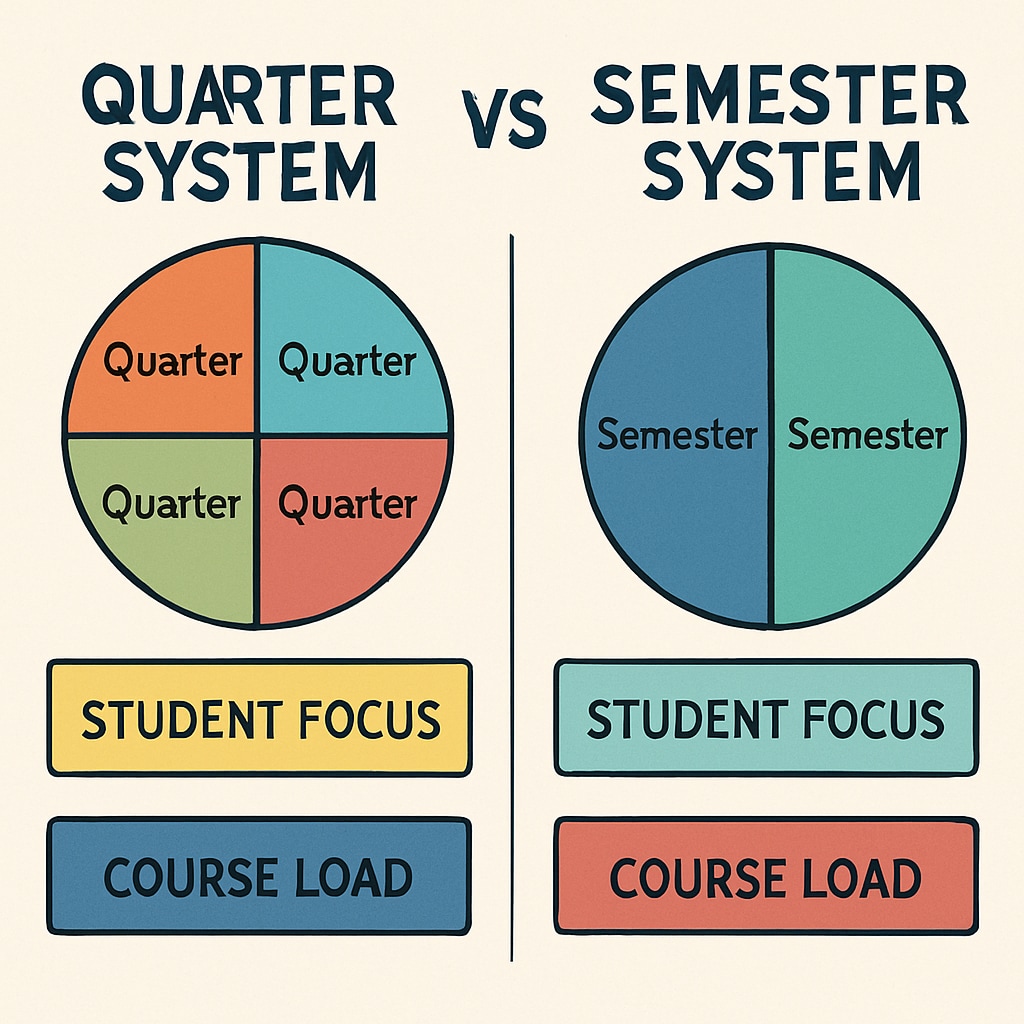The debate between the quarter system and semester system significantly impacts academic focus in K12 education. These two academic schedules create fundamentally different learning experiences, each with distinct advantages for student development.

Structural Differences and Their Impact
Quarter systems divide the academic year into four 10-week sessions, while semester systems typically feature two 15-week periods. This fundamental difference creates varying rhythms of learning:
- Quarter system: Students take 2-3 courses simultaneously, allowing deeper immersion in each subject
- Semester system: Learners typically manage 4-6 courses at once, developing multitasking abilities
- Pacing differences affect cognitive load and retention rates (as shown in Edutopia’s cognitive load research)
Focus Development Across Systems
When examining concentration patterns, each system cultivates different cognitive strengths:

The quarter system’s shorter duration creates urgency that some students find motivating. According to APA’s educational psychology findings, this structure can enhance immediate recall but may require more frequent review sessions.
Implementation Considerations for Schools
Educational institutions should evaluate several factors when choosing between these systems:
- Student age and developmental stage
- Curriculum depth requirements
- Available faculty resources
- Assessment methodology preferences
Transition guidance: Use clear comparisons when explaining system changes; highlight benefits of each approach; consider hybrid models for gradual transitions between academic schedules.


